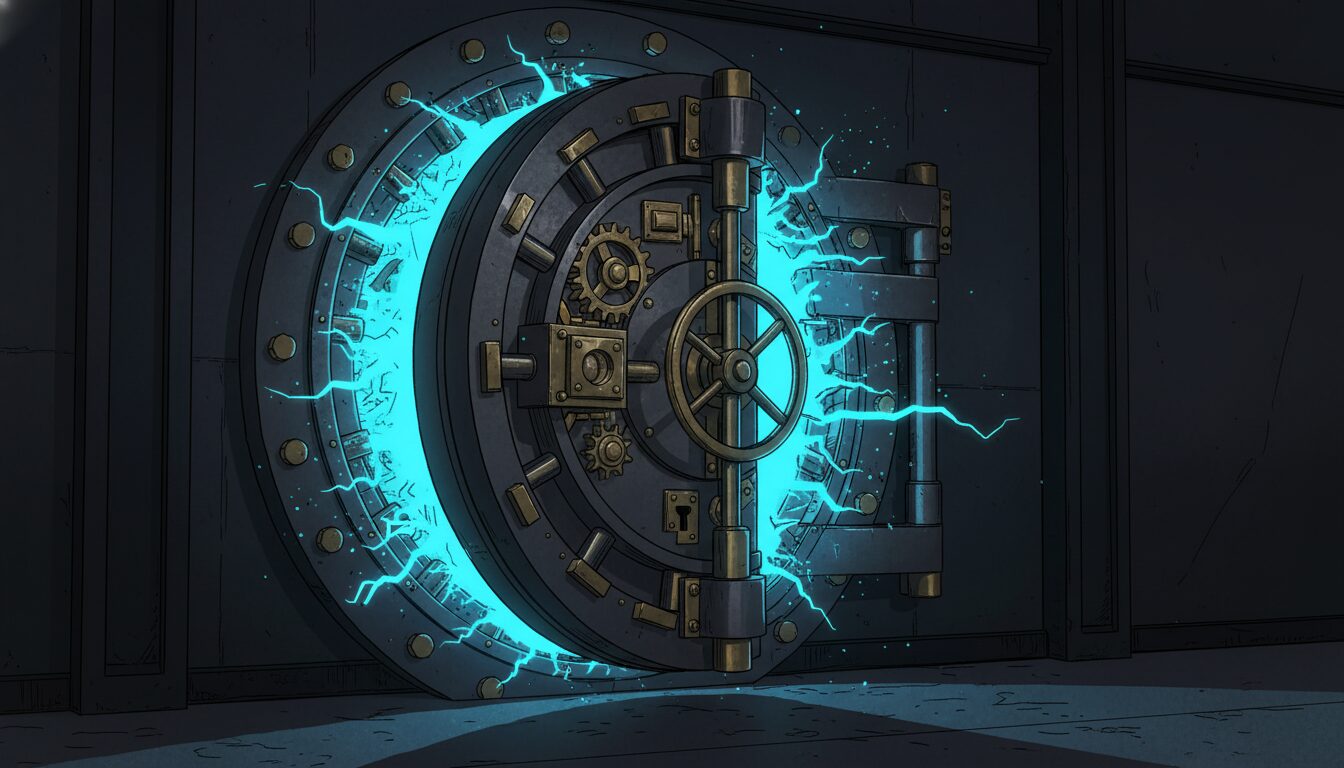Ethereum’s Pectra Upgrade: Key Changes and Inflation Impact Explained

Ethereum is preparing for its next major network upgrade, named Pectra, which is scheduled to follow the Dencun upgrade. This update combines two previously separate planned upgrades—Prague for the execution layer and Electra for the consensus layer—into a single, comprehensive enhancement. Pectra aims to refine both the user and validator experience, but discussions around its included proposals have raised questions about its potential effect on ETH’s supply dynamics.
What EIPs Are Confirmed for Pectra?
The Pectra upgrade will bundle several key Ethereum Improvement Proposals (EIPs) designed to introduce new features and streamline network operations. While the final list is subject to change, several core EIPs have been confirmed for inclusion.
One of the most significant is EIP-7251, also known as “MaxEB.” This proposal increases the maximum effective balance for a validator from 32 ETH to 2,048 ETH. This change doesn’t alter the 32 ETH required to start a new validator, but it allows large staking operators—like exchanges or staking pools—to consolidate their stakes into fewer validators. The primary goal is to reduce the total number of active validators on the network, which helps improve performance and reduce messaging overhead without sacrificing security.
Another major inclusion is EIP-3074, which introduces two new opcodes: AUTH and AUTHCALL. These tools will allow externally owned accounts (standard user wallets) to delegate control to a smart contract for a limited time. This unlocks powerful new capabilities, such as transaction batching, social recovery, and sponsored transactions, making regular wallets function more like advanced smart contracts and greatly improving user experience.
Pectra is also set to include EIP-2537, which adds a precompile for BLS12-381 curve operations. This technical enhancement is crucial for improving the efficiency of technologies built on Ethereum, especially Layer 2 scaling solutions and privacy-focused applications that rely on these cryptographic functions.
Will Pectra Exacerbate ETH Inflation?
A key concern within the community is whether the Pectra upgrade could lead to an increase in ETH’s inflation rate. This question primarily revolves around EIP-7251. By allowing validators to compound their staking rewards beyond the previous 32 ETH limit, it simplifies the process for large stakers and could encourage more ETH to be staked overall. A higher amount of staked ETH would lead to a marginal increase in the total rewards issued to validators.
However, this doesn’t automatically translate to higher net inflation for the network. Ethereum’s monetary policy is influenced by two main factors: the issuance of new ETH to validators and the burning of ETH through transaction fees, a mechanism introduced in EIP-1559. While staking issuance might slightly rise, any increase is expected to be modest.
Ultimately, Pectra’s impact on inflation is unlikely to be significant. The upgrade’s primary focus is on improving network efficiency and user functionality. These enhancements could lead to greater network activity, which in turn would increase the amount of ETH burned through transaction fees. This fee-burning mechanism remains a powerful deflationary force that is expected to continue offsetting the new ETH issued to stakers, maintaining Ethereum’s potential to be a net-deflationary asset.











